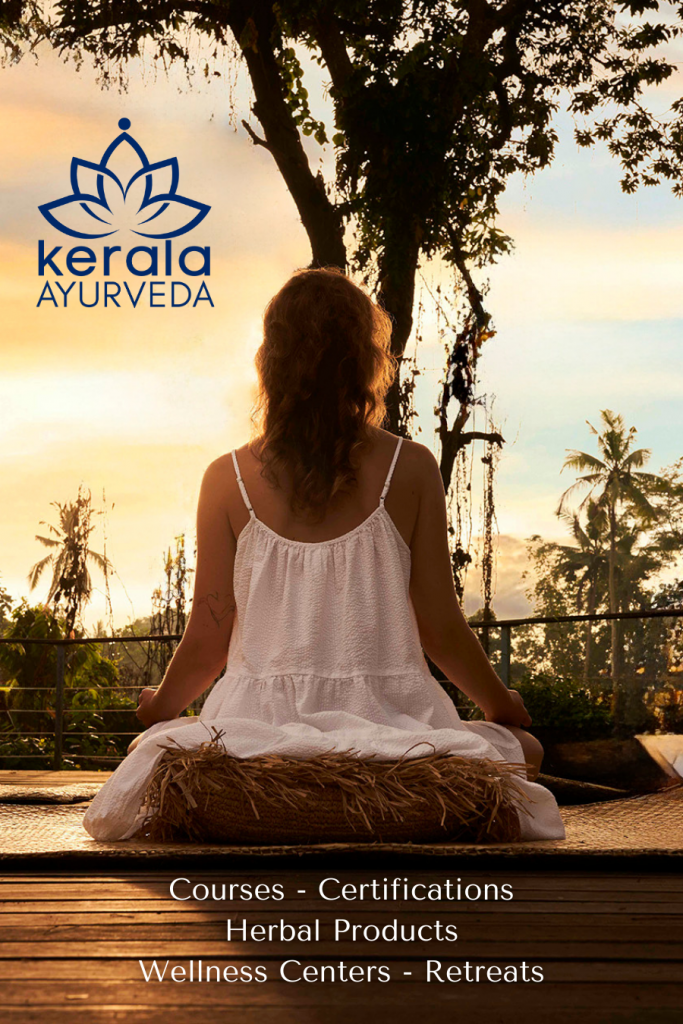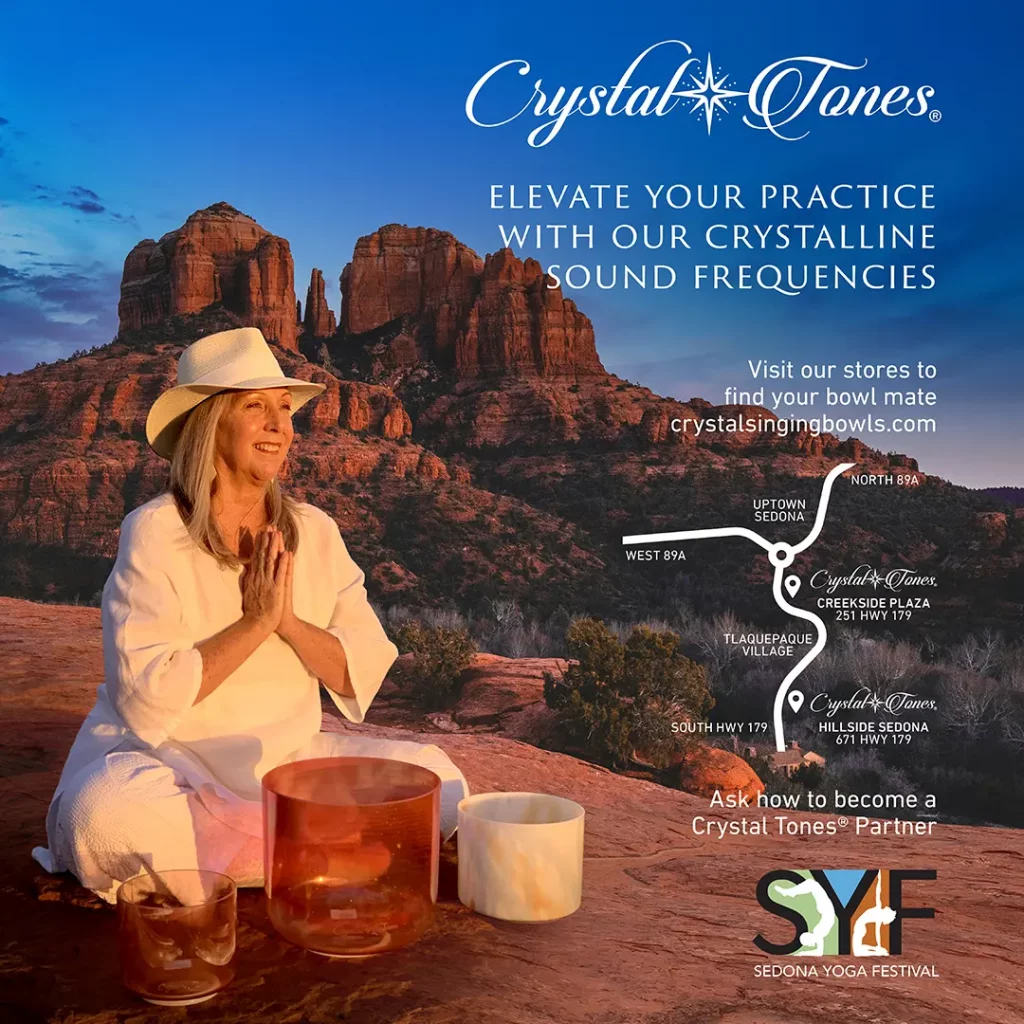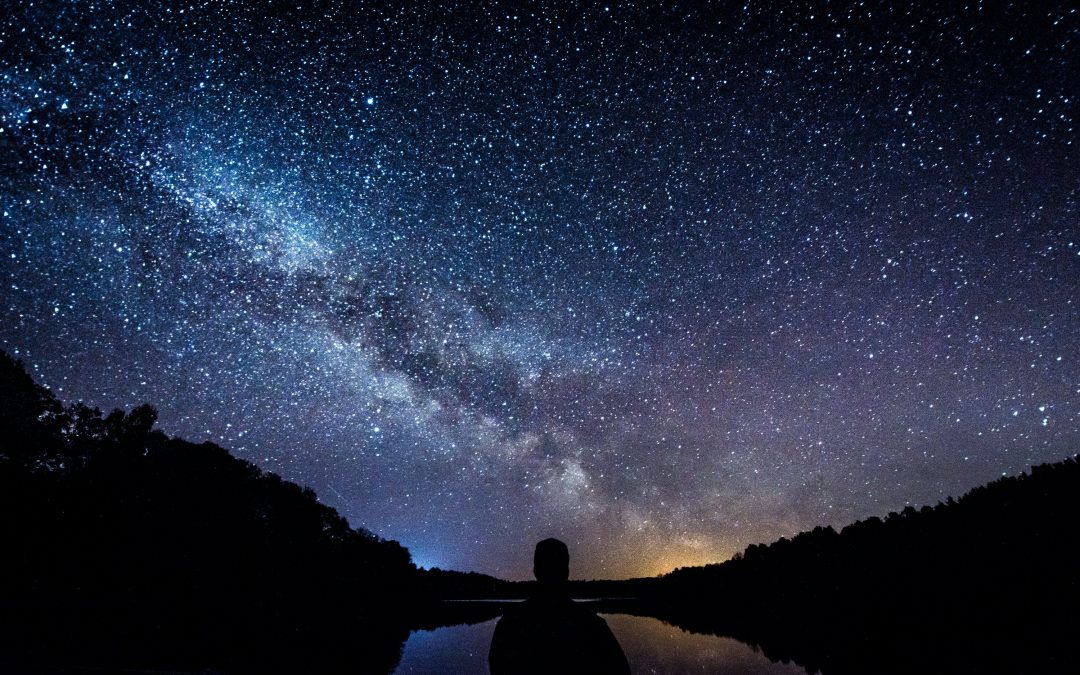
Feb 19, 2024 | Sedona Yoga Festival Teacher Feature, Yoga Festival Experience
Dennis M. Harness, Ph.D. is a self-proclaimed “Neo-Vedic or East–West Astrologer,” a professional Vedic Astrologer and lecturer who received his doctorate degree in Counseling Psychology from the California Institute of Integral Studies in San Francisco, California. For more than 30 years, Dennis has studied both Eastern and Western astrological techniques. Read on to learn more, and then study with Dennis at the Sedona Yoga Festival, March 14–17! Use code DENNIS10 for 10% off any pass.
Many of our participants are likely familiar with Western astrology and the tropical zodiac. What are the main differences between the Western and Vedic astrological systems?
I think the main difference between the two systems is that Western astrology, which is called tropical astrology, is based upon, and keeps us in touch with, the seasons; particularly the Solstice and Equinox points. Vedic astrology is more constellation-based, so it’s more of an astronomer’s view. For example, at night, if you go and look at Jupiter in the night sky, Western astrology would say that Jupiter now is in the sign of Taurus, the bull. But if you look at where Jupiter is in the night sky, you’ll see it’s right in the head of the ram in Aries. So there’s about a 23–24 degree difference between the two systems. One of the ways that the two systems connect is the aspects between the planets in both systems as well as the planetary transits.
In Vedic astrology, there’s much more emphasis on the Moon than the Sun sign. I’ve written a book titled The Nakshatras: The Lunar Mansions of Vedic Astrology, which describes the 27 divisions of the Hindu zodiac.
I trained in Western astrology and I consider myself a neo-Vedic astrologer in that I use the outer planets, Uranus, Neptune, Pluto, while many traditional Vedic astrologers don’t. For me, and this is just me personally, I think of Western astrology is like the waves on the ocean, and the Vedic system is more akin to the undercurrents, the riptides, the tsunamis in life.
Is Vedic astrology one of the Vedic sciences, like yoga or Ayurveda?
In Sanskrit, Vedic astrology is known as Jyotish, which translates to “the science of light,” bringing light into darkness. Vedic astrology can help to shed light, in a sense, in what path may be most fitting for a person’s spiritual development. For example, when in a person’s Vedic astrology chart Venus is really pronounced, you may see that person more connected with Bhakti yoga. Whereas if Saturn is strong, they may be more connected to karma yoga. Jupiter is somewhat connected with Raja yoga, because in India, Jupiter is called the guru planet. So in some ways, the planets are reflecting the different limbs of the Vedas, which is really cool.
Dr. David Fraley, a Vedic scholar who wrote one of the best books on Vedic astrology called The Astrology of the Seers, and included an entire section on these kinds of connections — particularly the chakra system and its connections to planetary energies.
So is Vedic astrology more scientifically-based?
Swami Sri Yukteswar, was a great Vedic astrologer, and was guru to Yogananda, the great saint who wrote Autobiography of a Yogi. Sri Yukteswar said it very eloquently: “A child is born at that moment in time that is in mathematical harmony with one’s soul karma. It reflect one’s unalterable past life’s and probable future results.”
I underline “probable,” because he said the message blazoned across the heavens at the moment of birth was not meant to emphasize fate, but was to arouse the soul to action or awaken the soul from slumber. So there is a mathematical, scientific aspect to it. And again, because Vedic astrology is astronomically based, there are in some ways more of a connection with a telescopic view of where the planets were.
Western astrology — and our zodiac signs — pulls deeply from archetypal characteristics. Is Vedic astrology also considering these kinds of archetypes?
It is very similar. I would say the significance of the planetary archetypes is very similar in the Western and Vedic systems. [Psychologist Carl] Jung had this beautiful quote, “The gods and goddesses no longer live on Olympus. They live in our minds as complexes and in our body as disease.” That is, the goal of archetypal psychology — and we could say archetypal astrology — is to feed the gods and goddesses. Astrology can help us to connect with the archetypes and planetary energies and befriend them.
My main teacher from Kerala, India, Chakrapani Ullal, said that Vedic astrology is 25% technique, 25% intuition, and 50% the grace of God, or we could say God or goddess. So 75% of the equation is what I call Graceland. I think it is good to have some basic training in astrological counseling as a spiritual life coach so that you can empower the client; leaving them with a sense of faith, optimism and hope for their future journey toward the divine in a way that empowers the client rather than weakening their will.
Experience the empowerment of Vedic astrology with Dennis at SYF! Tickets on sale now.
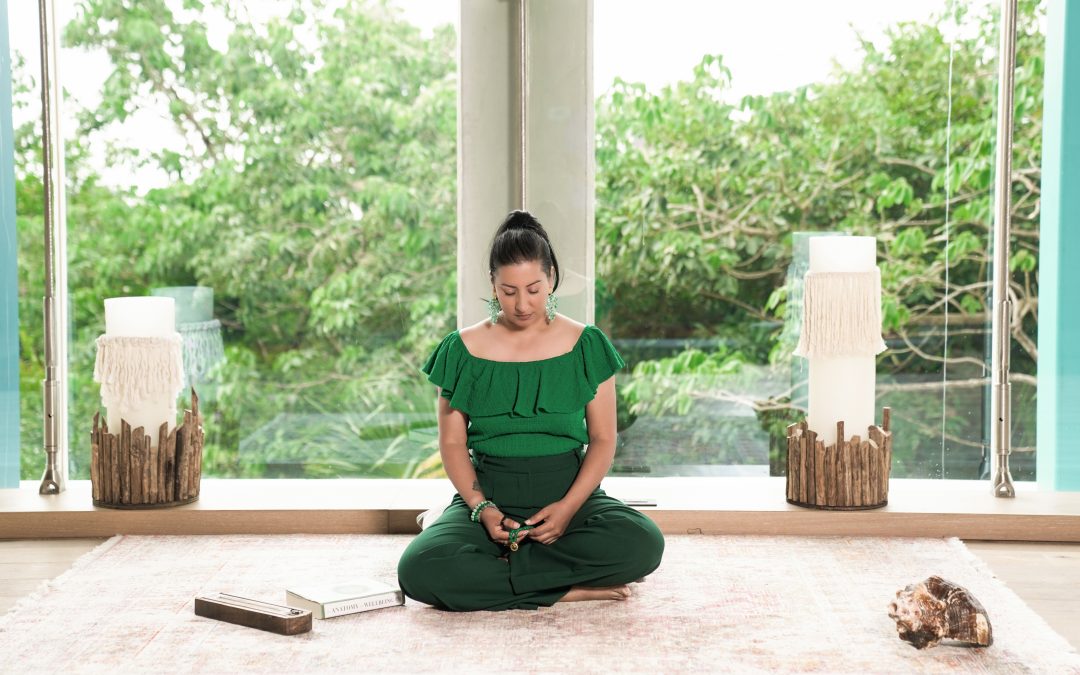
Feb 1, 2024 | Sedona Yoga Festival Teacher Feature
by Dr. Monisha Bhanote
From the moment I entered the room, it was buzzing like a swarm of bees, with an energy in the air that seemed about to erupt. This was the energy of two hundred human bodies and trillions of cells, synchronized to a vibration I believe could be felt even in the deepest oceans. We gathered for a weekend of connection and learning, old friends and new, all united by the desire to heal the world. Yet, in the midst of this gathering, a common theme emerged that is best characterized as a caged bird. “The caged bird fluttered its wings, trying to fly, but with each flutter, the wing smashed against the cage walls; as she continued to bang the walls, the exhaustion overcame her, and the door finally opened. Her last ounce of energy was devoted to flying through the open door and feeling the freedom to heal, breathe, and follow her intuition.” This is what it’s like to be a physician in healthcare today. It is becoming increasingly difficult for us to keep our wings free of the cage in which we are restricted. So let me tell you, if you feel like a caged bird without a purpose, let me open your cage door for you. I’d like to extend you an invitation to my family, to my community, which is embracing a new healing paradigm.
What is a ritual?
A ritual is a set of actions or behaviors you repeat in the same way with a specific purpose, a great deal of self-awareness, and intention. Rituals can be as simple as washing your hands before eating or brushing your teeth at night, but they can also be more complex, like cooking an elaborate meal for your family on Sunday nights (or any other day of the week). Rituals have power because they give us structure in our lives; they provide us with something to look forward to each day—a moment when we know exactly what’s going on around us, who we’re with, and what they’ll say next. When we don’t have this predictability in our lives, it can make us feel anxious or scared because there are no clear boundaries between ourselves and others; therefore, creating rituals helps us feel safe by giving us boundaries within which we operate in addition to assisting people in coping with stressors such as illness or loss during times of crisis by providing comfort through familiarity (i.,e., using familiar foods). Rituals also allow individuals experiencing stressful situations such as trauma-related disorders (e.,g., PTSD) to maintain a sense of control in their lives. “When we set aside time to meditate, practice yoga, or engage in other self-care activities, we’re strengthening our minds and bodies, and initiating #CellCare,” says Dr. Monisha Bhanote, founder of WELLKULÅ. Dr. Bhanote’s approach to health care is about more than just treating symptoms; it’s about treating the whole person. The goal is to support people as they transition from unhealthy lifestyles to healthy ones by incorporating an integrative lifestyle into the daily rhythms of their life. Integrative lifestyle medicine is a relatively new field of study within Western medicine, but its origins go back thousands of years—and many cultures have long been using rituals as tools for healing both physical ailments and mental wellbeing issues like stress, anxiety, and depression With this new paradigm in mind, Dr. Monisha Bhanote shares some simple steps she takes with her patients whenever possible. This means supporting them with changes in diet, exercise, and sleep habits; working with them through medical conditions (such as diabetes or high blood pressure) that can be managed with diet and lifestyle changes alone; and providing support during times of stress or anxiety so they don’t fall back into old patterns of behavior that are harmful to their health. The practice of Ayurveda has always been holistic – that is, it views the body as a whole rather than focusing on individual parts. By addressing all aspects of your health at once – mind, body, and spirit – you’re more likely to achieve lasting results than treating just one symptom at a time. Our ultimate goal is and should be to prevent further deterioration of the body’s ecosystem by improving cellular health.
In this way, she says, “You become an active participant in your healing.”
Dr. Bhanote believes that you can take control of your health. She says that you are the most important part of your healing process, and by making changes now, you can prevent the disease from occurring later in life. “It’s never too late to start making changes,” she says. “You don’t need a diagnosis or even an illness to benefit from these practices.” In this way, she says, “You become an active participant in your healing.”
There are many ways to strengthen your mind and body — you may be surprised by some!
How your cells function and, ultimately, how your body supports you can be affected by each of these lifestyle practices. Aside from strengthening your body, exercise has been shown to lower blood pressure and reduce inflammation in people with chronic conditions such as diabetes and heart disease. Meditation can help people with chronic pain manage stress, improving sleep quality and reducing pain levels. Yoga combines meditation and physical exercise into one activity – perfect for those who want an all-around mind-body boost! And bonus: yoga has been shown to improve moods by reducing depression symptoms among people who suffer from depression or anxiety disorders (but don’t worry if you haven’t tried it yet – there are many other ways to incorporate healing into your rituals). The bottom line? You don’t have to look far to find the benefits of a healthy lifestyle. Regular exercise, meditation, and sleep help your body stay strong and fight disease. But they also improve your mood and mental health by helping you manage stress more effectively. Try incorporating some of these practices into your daily rhythms to improve your health.
#CellCare is self-care.
We are living in a time when people are seeking healing. Whether physical or mental, we have an innate desire to feel better. The good news is that there are ways to do this, and they don’t require expensive visits to the doctor or therapist! I hope that if you have ever needed to heal, you have had the opportunity to experience the healing power of ritual. Learn with Dr. Bhanote in person at our 10-year anniversary celebration April 27–30! Passes available here.
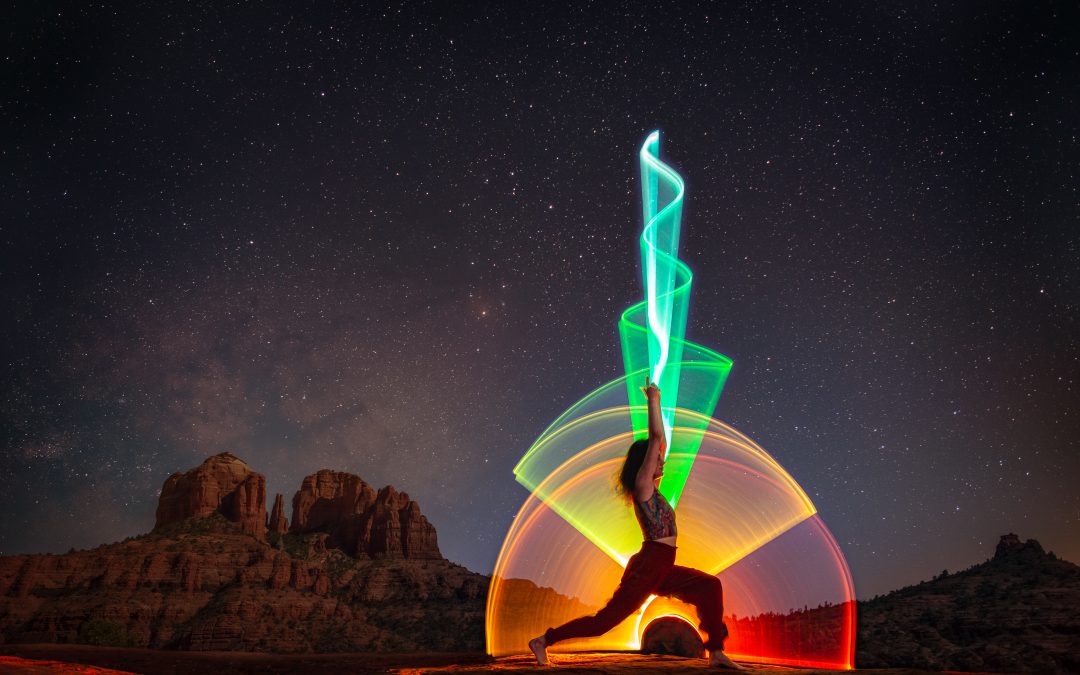
Jan 30, 2024 | Sedona Yoga
by Jill Robinson
With the abundance of online classes and infinite amounts of accessible resources, it can sometimes feel that our personal evolution is a lone endeavor. At its extreme, cultural conditioning has led us to believe that transformation and healing are individual pursuits, outside of our relationships and community network.
Innately, we know this is an illusion. Many of us have experienced the transformative power of being held in a loving community as we navigate our personal growth. Our yoga practice, which is deeply personal in its unfolding, requires a trusting community to support and guide us. The experience of evolving and practicing alongside fellow practitioners can be uncomfortable in its vulnerability, but so often is a necessary piece toward realizing our higher self.
It’s not just in our personal practice that co-creative spaces are vital for development. When engaged within larger community, we are able to tap into an expanded field of shared wisdom, creativity, and even productivity toward community transformation. We are energetically nourished by being part of a larger group with a shared vision.
SYF Presenter and author Jivana Heyman reminds us that “transcending our individualism is a thread woven throughout the history of yoga.” Transformative change of any kind doesn’t happen alone.
Amplifying A Wave of Co-Creative Energy
Jivana’s words resonate with the Sedona Yoga Festival belief that “evolution is a collaboration,” inspiring a vision to create a total energetic transformation co-created by our attending practitioners. The Festival will be a launchpad for personal evolution, amplified by community support. The aim is to carry this transformative experience outward — in ways that effectively transform — after the time we spend together. Because the teachings of yoga are not about personal evolution and transformation alone; in our practice and intentional community building we have the opportunity to inspire a ripple effect of community activation. It’s why SYF has partnered with the Holomovement, to help support yoga practitioners in putting their elevated practice into social action.
The Holomovement aims to catalyze a worldwide movement that ignites a critical mass of individuals and groups to activate their purpose through inspired collaborative action that serves the good of the whole. Just like our personal practice is exponentially enhanced by being in community, so too does global change occur when we embody the co-creative spirit of collaboration.
As political scientist Erica Chenoweth said; “No movement that mobilized 3.5% of the population has ever failed.” That’s 280 million people on the planet aligned in co-creative collaborative action to heal and change the world.
This social movement, guided by science and spirituality in a unifying worldview, puts theory into practice through its network of Holons. A term coined by Hungarian British author and journalist Arthur Koestler, ‘holon’ refers to a whole that is simultaneously part of another whole. It is the tiniest, holistic part of the entire unit.
It’s an inspiring validation that ever since the Big Bang (or the Big Breath), everything, every living form, has been connected all along. Perhaps this is why our personal practice and evolution depends so much on the health and vitality of our communities. We truly are all in this together!
Everyone is Invited (and Needed) to Co-Create Change
Within the context of the Holomovement, Holons are three or more people engaging in a transformative project while sharing and co-creating with fellow Holon community members (and beyond!). SYF participants will have the opportunity to speak with stewards of the Holomovement to learn how to form and even register Holons as they emerge during the Festival.
Projects of all scopes and timelines are valued in the Holon community, as well as projects already in motion that are aligned with the Holomovement’s core principles. A few examples to get you inspired include:
- Meditation or Interspiritual Prayer Circles
- Community park, beach or trail hike clean-ups
- Regenerative farming or permaculture projects
- Mentorship programs or other nonprofit organizational work
- Yoga programs for children or vulnerable communities
In this social experiment, the Holon network connects organizations and projects around the globe to create a culture of trust and support opportunities to learn and share with fellow change-makers.
Members within the Holon network engage and participate within a community hosted by Hylo, an online platform designed to support collaboration. In this emerging space, we are all empowered to shape the trajectory of the Holon network through story-telling, revolutionary impact stories of innovation, online meetups, events and grant funding.
Perhaps even more exciting is that as members of this Holon network, we are co-creating the next frontier of community engagement, operating with a new worldview of interconnected wholeness. This is not a top-down vision, but the conscious tending of a symbiotic relationship, where we all are able to joyfully serve a vital role in a regenerative and compassionate society.
In this empowering and uplifting play-space it is unity, not uniformity, that boosts our creativity and potential for finding solutions to our global challenges. We don’t have to sacrifice our individual soul and calling. In this co-creative group consciousness, we have the ability to enhance both our individual and collective transformative potential to heal and change the world. Look for stewards of the Holomovement participating and leading conscious conversations about Holons throughout the Sedona Yoga Festival!
Join us in March for a chance to activate your personal practice and connect with an extraordinary community ready to take their personal practice into action. Tickets on sale now!
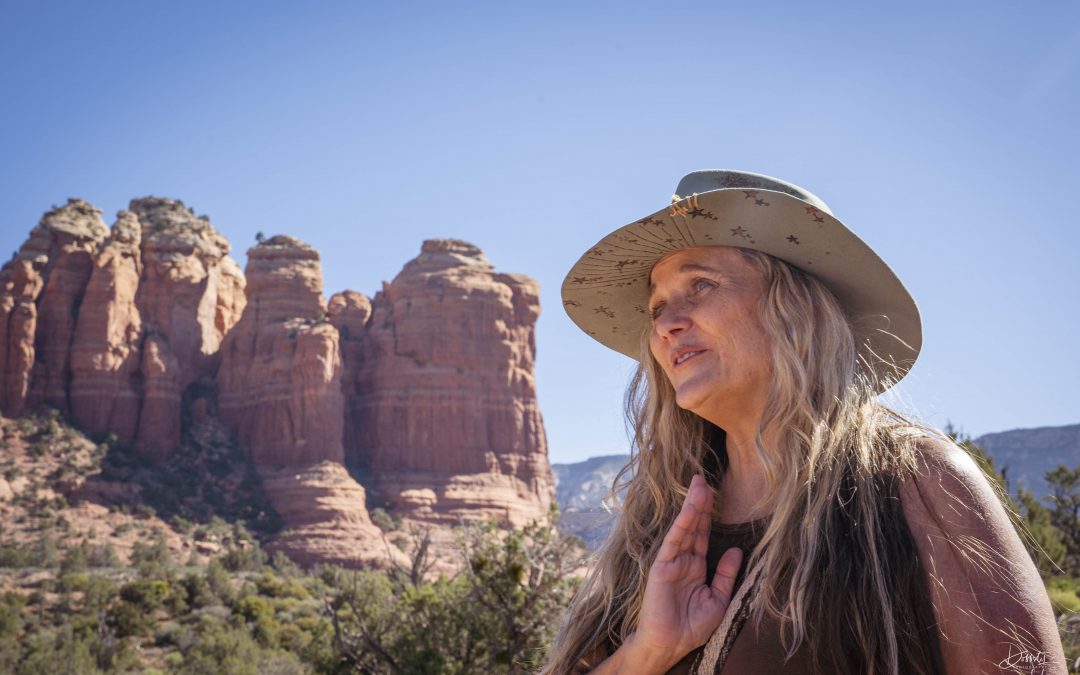
Jan 30, 2024 | Sedona Yoga, Sedona Yoga Festival Teacher Feature
We’ve all felt stuck in a rut in our lives. Most of us have experienced imposter syndrome, or persistent sadness, or a general feeling that we’re not necessarily walking the path of our soul — that we’re not, in more Vedic terms, living our dharma. It is never the wrong time to address these conflicting feelings, and to give credence to our deep personal truths. For Anahata Ananda, this moment came for her two decades ago, in her own “dark night of the soul,” as she calls it. She was going through what she now calls a “marital liberation” (also known as divorce), and “it was a big shock to my system,” she says. “There was a lot of grief. There was a lot of rage and pain; not only from that experience, but other things in my childhood, upbringing, youth, or young adulthood that never got processed properly.”
A Personal Journey of Healing
Anahata began a healing journey to address these problematic distortions, but looking back, recognizes that she was scraping together her process: reading various books, visiting various wellness centers, going to counseling. “It was not really working for me,” she says. “None of these were getting at the real core of the issues. They weren’t providing me different tools that I could shift the pain into purpose, and get myself out of survival mode to learn how to reclaim my power, how to clearly communicate, and how to set boundaries.”
This frustration set her on the path of shamanic exploration and learning, and ultimately would become the foundation for Shine Sedona — a Sanctuary for the Soul. Shine is a unique center that provides a welcoming and nourishing community to support core-healing, personal growth, and heart-awakening through the offerings of world-class Healers and Facilitators. For Anahata, shamanic modalities “helped me release my rage, release grief, open my heart, and see my part in my pain,” she says.
The Development of Shamangelic Offerings
Anahata’s signature Shamangelic breathwork, healing sessions, and other services encapsulate the essence of what she offers. “The shaman is not afraid to go and look and see where the density is, where the shadow is, or where the pain is. And I’m not afraid to do that. The angelic part is doing that with kindness, compassion, and tenderness by alchemizing the shadow work and the spiritual work,” she says.
Anahata tailors her services to exactly what someone needs, and then makes sure to be of support for what is released. “There’s time to support somebody’s rage, as well as time to just hold them in their tears and their sadness, and to create a safe, soft space.” The healing comes when, after experiencing this support, a person is able to step into their true power and facilitate their own healing.
Given the sacred, sensitive nature of this work one may expect that they’d need to work with Anahata for an extended period of time to receive the full effect, but she believes in facilitating efficiently. “I know that there is a sense of urgency to get at these things because until they are resolved or shifted or healed or released or realigned, they’re going to continue to create chaos physically, emotionally, energetically, mentally, and spiritually,” she says. “The ability to help someone expedite that process is really powerful.”
The Journey to Get Here
Anahata has been working in the healing arts for over two decades, and has trained in several different modalities. Part of what she now offers are trainings so that she may pass on to others what she has learned. Her training courses help people amplify and refine their skillset, build confidence and abilities, and provides tools that fit seamlessly with people’s unique natural gifts. “It really lights me up to be the healer’s coach, teacher, and guide,” she says.
In the same way that Anahata offers uniquely-tailored training for one-on-one seekers, there is a wide range of programming and learning opportunities offered at Shine. They do grief journeys, womb healing blessings, land journeys, private sound healings, among other things, as well as host retreats of all stripes.
You can get a taste of what Anahata offers by joining her at the Sedona Yoga Festival this March 14–17! Passes available here.
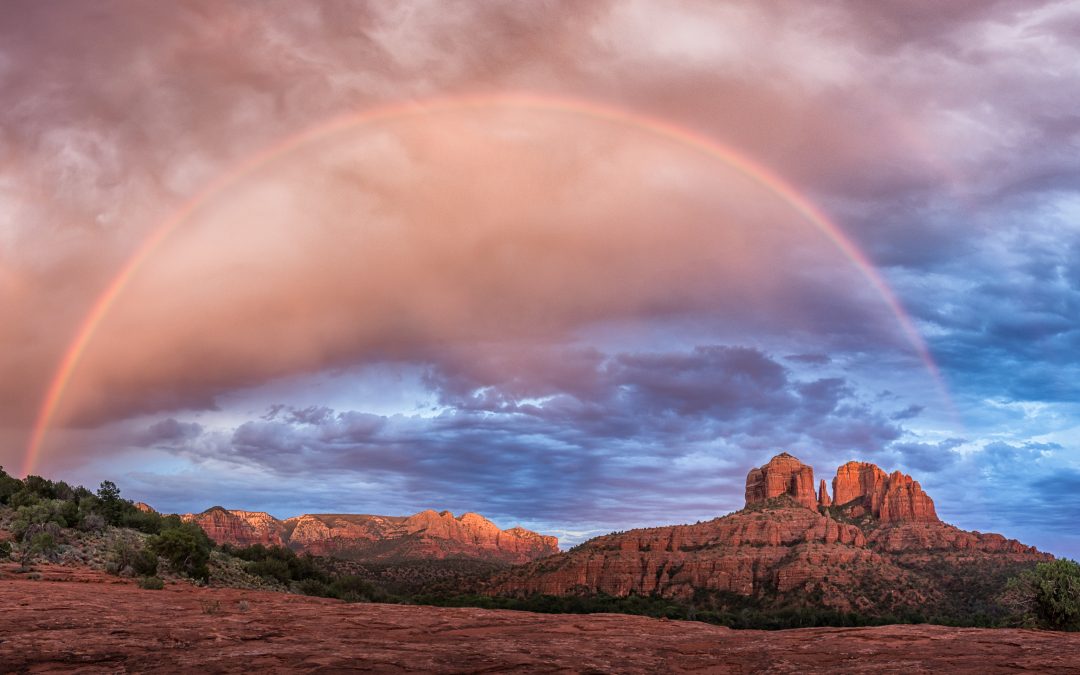
Jan 8, 2024 | Sedona Yoga
By Jill Robinson
In this season of our yoga practice we can lay the groundwork to “align to our greatest truth” in what will no doubt be a critical year ahead. This is our opportunity to engage the wisdom we harvest from our personal practice into purposeful action so that we may support and contribute to the evolution of our human family.
Our Yoga practice is one of many ways we can embody a way of living that values conscious evolution through purpose, love, collaboration and the highest good for All. By honoring these attributes of wholeness, we can embody and activate a critical mass of change — sourced from love rather than fear — and strengthened in unity, rather than uniformity. This is the vision of the Holomovement, amplifying the impact of personal evolution within a collaborative social movement creating a world where humanity and the planet can thrive.
Transforming the World Together
Group collaboration aligned in a specific cause or passion is at the heart of the Holomovement’s Theory of Change. Inspired by our cosmic building blocks to accelerate transformation, it is a movement activating a community of self-organized groups called ‘Holons’.
Holons are groups of three or more people aligned in a service-inspired project while engaging within the larger community network to share wisdom, support and resources. We can visualize it as a wave of exponential collaboration. Everyone’s participation is vital in amplifying our transformative potential.
The Holon Community Values that set the tone for this space include:
- Joyful Service (For the Good of the Whole)
- Compassionate Purpose
- Unitive Consciousness
- Radical Collaboration
- Transformative Action
Holons take action from a higher consciousness sourced from Spirit to consciously embrace and activate our unique roles in the Whole. This is why projects of all scopes and timelines are valued in the Holon community, as well as projects already in motion that are aligned with the Holomovement’s core principles.
Examples of Holons in action include a wide-range of projects such as global online prayer and meditation groups, community park and beach clean-ups, youth mentoring and regenerative farming initiatives. Your Holon might already be in action and ready to participate within the Holomovement in the form of Accessible Yoga classes or other non-profit organizational work.
Keeping the Festival Vibes Alive with Holons
Within our own Yoga community we have an extraordinary amount of wisdom and experience that can be amplified by collective intention. The Sedona Yoga Festival happening this March offers an exciting opportunity to activate Holon groups while embarking on a journey of self-discovery and community connection.
The Festival vibes we’ll be creating in Sedona shouldn’t be limited to our few days together. Fortunately, we’ll have plenty of opportunities to learn more about creating Holons and extending the wisdom of our Yoga community in a far-reaching ripple effect of change.
It’s uplifting to consider what can emerge from this gathering of incredible people when we put our practice into action within a supportive group. We all have a frequency that is activated when we take some sort of action, and these actions and energetic waves will in turn attract and synchronize with others to amplify a global shift in consciousness.
We’re thrilled to have stewards of the Holomovement participating and leading conscious conversations about Holons throughout the Sedona Yoga Festival. Join us in March for a chance to activate your personal practice and connect with an extraordinary community ready to take their personal practice into action. Tickets on sale now!
Lead photo by Charles Ruscher






